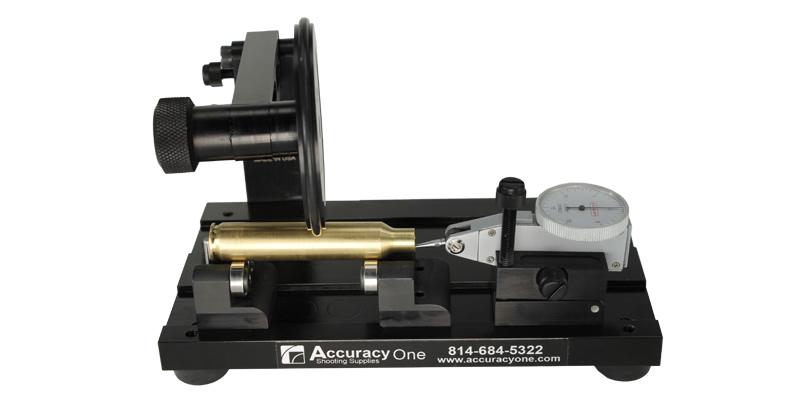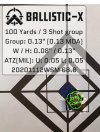I am trying to understand the physics of "checking" the gauge with a machinist pin. You mean I can move up and down on a perfect circle, becuaseSo, here is my experience. I have the Sinclair gauge. It was suggested that I check the "concentricity gauge" with a Machinist Gauge Pin, I purchased one on EBay for $10, .9 x 3" approx. Try and buy one the size of your favorite round, you only need this tool once. If fact, you can use mine.
Why, an F class shooter I follow, whom purchases top of the line equipment found his to be "off" by .002 - .003".
He found this with a Machinists Gauge Pin. I checked mine at it was without error. I could not see the needle move and barely "vibrate?". So good gauge then.
So let's go deeper down this rabbit hole. (Every "perfectly" is another 'drink more or less of the Alice's potion for bigger or smaller' and yes, you will find holes in my logic, that's ok)
- if your dies are perfectly concentric, check
- if your brass has perfect neck wall thickness, check
- you resize, somehow spring back is perfectly consistent, check
- bullet (which also is perfectly concentric) is seated by a perfectly concentric seating stem held perfectly by perfectly concentric threads.
So all this was done perfectly, yes?
Now chamber the round, aim, pull the trigger, bang the neck expands to seal the chamber and, Dammit!!! The neck releases the bullet with how many thousandths of potential tilt and misalignment to the bore!?!?!
The argument will be, well I minimized any potential run out with all my prior perfectly's.
At the end of the day, you do you, but have fun shooting, enjoy your (our?) journey in this wonderful world of shooting, thanks to all who have helped me either directly or indirectly with your posts/experience and knowledge.
Happy New Year to all, I hope you had a wonderful Holiday Season!
That what it needs to be to be off


